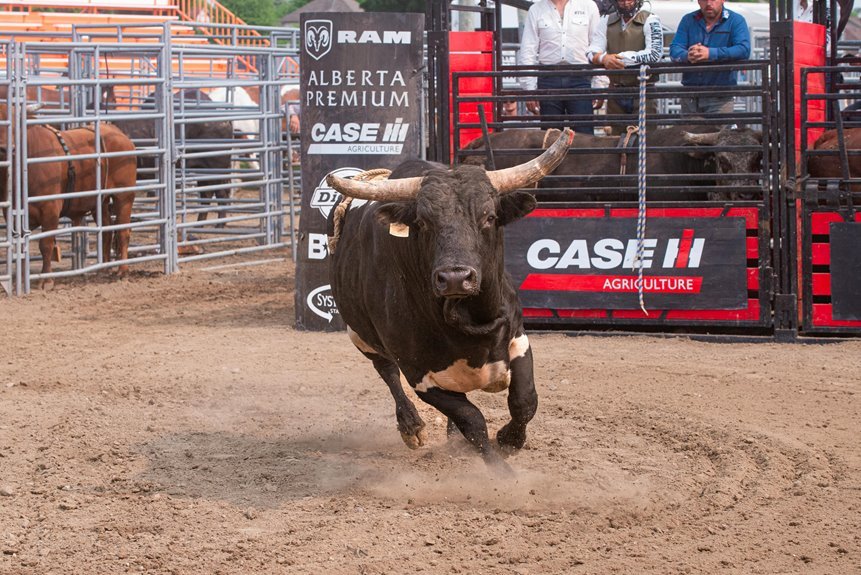Jaripeo, often described as a traditional form of bull riding, embodies far more than a mere sport. It represents a vibrant celebration of community and cultural heritage. This dynamic event showcases the artistry and skill of its riders while fostering a deep sense of unity among participants and spectators. Understanding the meaning of jaripeo requires exploration of its historical roots and the cultural practices that enrich its significance. What stories lie beneath this spirited tradition?
The Meaning of Jaripeo: A Translation
Jaripeo, a vibrant cultural tradition rooted in Mexican heritage, encompasses more than just the act of bull riding; it signifies a rich tapestry of community celebration and artistry.
The term's translation accuracy is essential, capturing linguistic nuances that reflect its essence.
Jaripeo embodies freedom, spirit, and unity, inviting enthusiasts to experience the exhilarating thrill of the event and its deep cultural significance.
Historical Significance of Jaripeo
The historical significance of jaripeo extends far beyond the thrill of the bull riding itself, weaving a narrative that reflects the resilience and spirit of Mexican culture.
With roots tracing back to indigenous practices, jaripeo traditions celebrate community and heritage.
This vibrant spectacle not only preserves cultural identity but also embodies the struggle and triumph of those who participate, enriching Mexico's cultural tapestry.
Cultural Practices Surrounding Jaripeo
Rich in tradition and communal spirit, the cultural practices surrounding jaripeo reflect a vibrant tapestry of regional customs and social gatherings.
Participants don traditional attire, showcasing beautifully embroidered garments that symbolize their heritage.
These events not only celebrate the skill of the riders but also foster a sense of unity among attendees, creating an atmosphere of joy, camaraderie, and shared cultural pride.
The Evolution of Jaripeo in Modern Times
As the world continues to evolve, so too does the traditional sport of jaripeo, adapting to contemporary influences while striving to preserve its rich cultural roots.
Modern adaptations have emerged, incorporating advanced safety measures and innovative presentation styles, yet practitioners remain committed to traditional techniques that honor the sport's heritage.
This dynamic balance allows jaripeo to flourish, captivating both old and new audiences alike.
Conclusion
In essence, jaripeo transcends the confines of bull riding, weaving a rich tapestry of community and tradition that enchants the heart. This spirited celebration, a dance between man and beast, invites all to partake in its vibrant legacy. As jaripeo gracefully evolves, it continues to embrace the whispers of the past while fostering bonds of unity and pride. Ultimately, it remains a cherished jewel within the mosaic of Mexican culture, inviting future generations to revel in its enduring magic.




